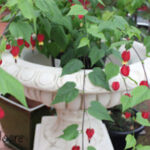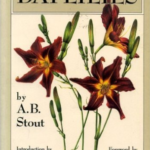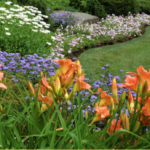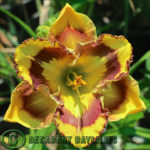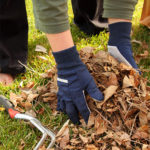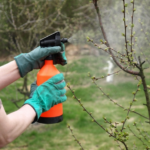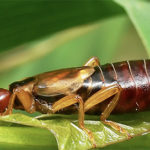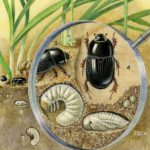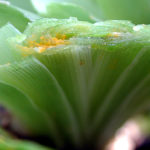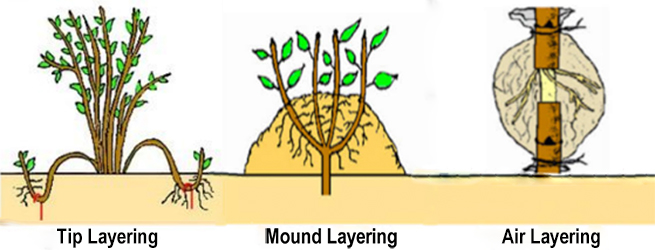
Layering Plants Simple Easy Methods
Layering Plants Know About Plant Propagation Techniques Called Layering
Layering is a vegetative plant propagation method, in which roots are allowed to develop from the stem while the stem is attached to the plant, using the appropriate rooting medium. Later the layered part is detached from the parent plant. This is a highly successful method for plant propagation as the plant receives good nutrients and there is a lower level of water stress. There are plants which undergo natural layering. When the branches get covered by soil, some plants develop adventitious roots. Though the process of layering plants is more complicated, it is the best option for propagating plants that root slowly, or when you want a new plant with all the characteristics of the parent plant. Wounding the stem enhances the growth of roots and the rooting medium provides the needed aeration and moisture for the growth. The different methods of layering are discussed here with photos:
Simple And Compound Layering
This is an easy technique to develop a new plant. Bend the low growing and flexible stem of the plant to be layered to the ground and cover the part touching the ground with soil. Make sure that the other free end is about 6 to 12 inches above the soil level. Wounding the underside of the bent branch induce faster rooting. It will take one or two seasons for the layered plant to be ready for transplanting. You can use this method for propagating plants like Honey Suckle, Azalea, Rhododendron, Forsythia bushes, etc. When more than one layer is produced from a single stem using this ground layering, it is called serpentine layering or compound layering. This type of layering is suitable for Clematis, Grapes, Philodendron, etc.

Tip Layering
In this method, you need to insert the new shoot tip in a hole in the ground, which is 3 to 4 inches deep. Cover the shoot with soil, leaving 3 to 4 leaves above the soil. At first, the shoot will show downward growth and later grows upwards. Roots develop at the bent part of the shoot. Remove the new plant and plant them in late autumn or during the early spring. The best plants for simple layering are trailing blackberries, raspberries, etc.
Mound Layering
This method is suitable for heavy stemmed fruiting trees and shrubs with closely grown branches. During the dormant season, cut the plant to a height of 1 inch above the soil. During spring the dormant buds develop new shoots. Use soil or compost to mound over the plant. Cover it up to a height of at least 30cm. The plant will send more shoots and roots and individual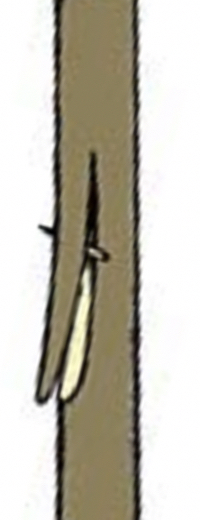 plants are formed. After three months, you can remove the soil and plant out the new plants. Quinces, Apples, Hydrangeas and Daphnes can be propagated by this method.
plants are formed. After three months, you can remove the soil and plant out the new plants. Quinces, Apples, Hydrangeas and Daphnes can be propagated by this method.
Air Layering
This technique is suitable for Camellia, Croton house plants, Oleander, rubber plant, etc. The stem of the plant is slit below a node for monocot plants only and the slit is kept open using a toothpick (pictured right).
For dicots, 1 inch ring of the bark of the plant is removed. Cover the wound with wet sphagnum moss and wrap it up with plastic then aluminum foil. When a good amount of roots appear, cut the plant below the moss ball and plant them. Explained in great detail here.



